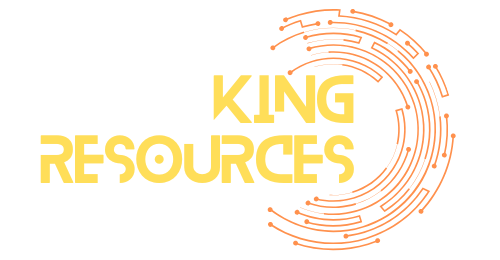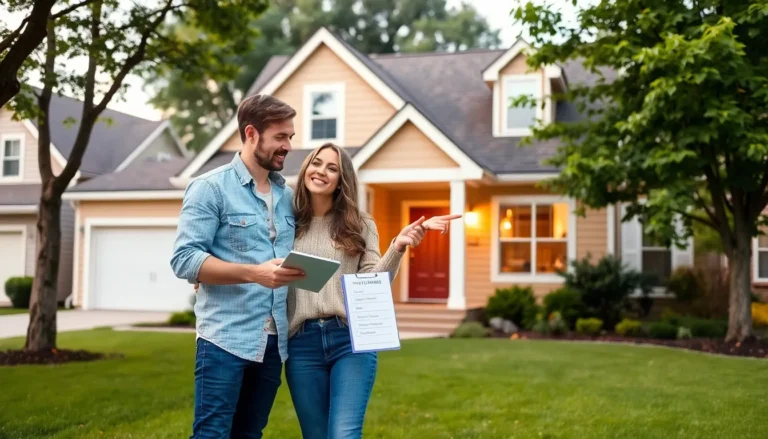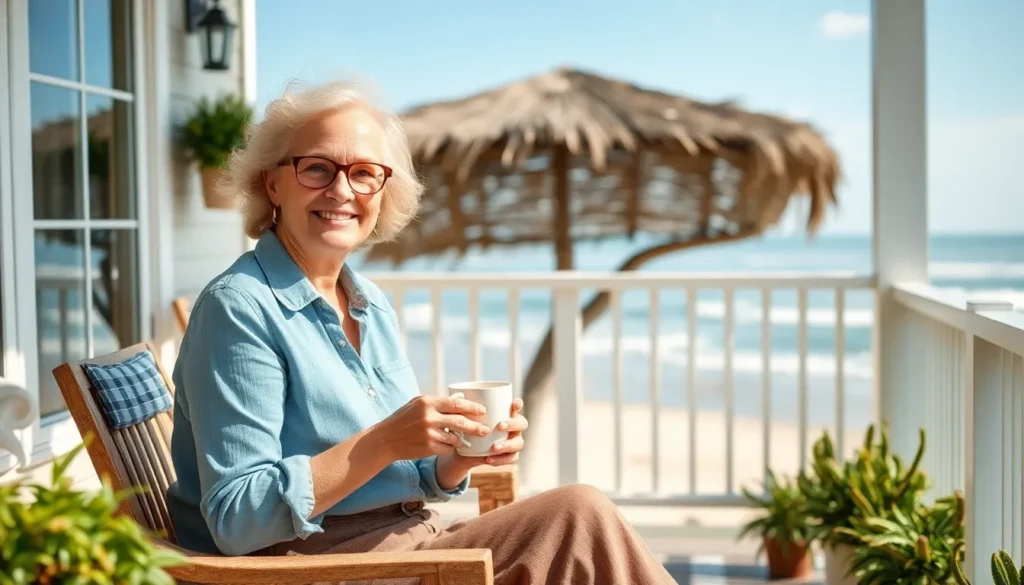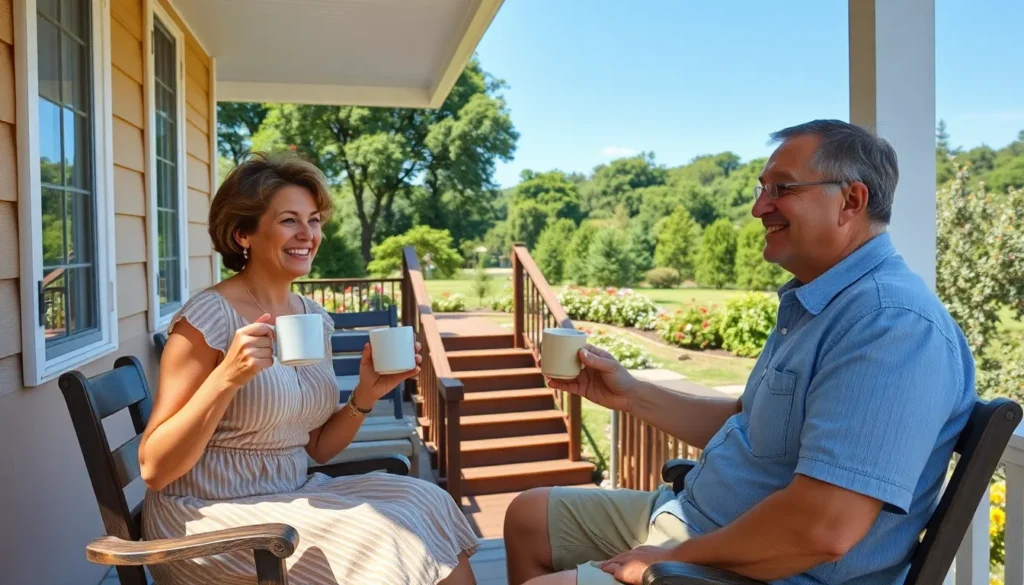Dreaming of a cozy cabin in the mountains or a sunny beach bungalow? Buying a second home can turn those dreams into reality, but navigating the mortgage process can feel like trying to find a needle in a haystack—blindfolded. With the right knowledge, however, it can be as smooth as butter on warm toast.
Whether it’s for a vacation getaway or an investment property, a second home mortgage opens doors to new adventures. But before diving in, it’s crucial to understand the ins and outs of financing. After all, you wouldn’t want to end up with a mortgage as confusing as a Rubik’s cube! Let’s explore how to make this exciting journey a little less daunting and a lot more enjoyable.
Table of Contents
ToggleUnderstanding Buying A Second Home Mortgage
Buying a second home mortgage involves specific considerations that differ from purchasing a primary residence. Many people seek a second mortgage for various purposes, including vacation homes or investment properties.
What Is A Second Home Mortgage?
A second home mortgage allows individuals to finance the purchase of a leisure property separate from their primary dwelling. This type of mortgage typically requires a larger down payment than a primary mortgage, often ranging from 10% to 20%. Lenders consider the borrower’s creditworthiness, income stability, and ability to manage two mortgage payments when evaluating eligibility. Interest rates on second home mortgages may also differ from primary home rates, usually resulting in higher costs over time.
Why Consider A Second Home?
Individuals often consider a second home for its potential benefits. A vacation property provides a personal retreat and an escape from daily life, ideal for relaxation and more family time. It also offers opportunities for rental income, especially in desirable tourist destinations. Increased property values over time may result in long-term investment advantages. Owning a second home can enhance one’s lifestyle, while potentially serving as a smart financial investment.
Financing Options For A Second Home

Understanding financing options for a second home is crucial for making an informed decision. Buyers typically encounter two main categories: conventional loans and government-backed loans.
Conventional Loans
Conventional loans offer flexibility for second home purchases. Lenders often require a down payment of 10% to 20%. Borrowers with strong credit profiles qualify for competitive interest rates. These loans aren’t insured or guaranteed by the government, which means stricter qualification requirements apply. It’s important to demonstrate sufficient income and financial stability to manage multiple mortgage payments. Different lenders may also have various terms, so comparing options helps buyers find the best manageable deal.
Government-Backed Loans
Government-backed loans include programs like FHA, VA, and USDA loans. They often feature lower down payment options, making them attractive for second home buyers. FHA loans require as little as 3.5% down, while VA loans may not require any down payment for eligible veterans. USDA loans serve rural areas and offer no down payment options as well. Eligibility criteria vary between different programs, but these loans can provide financial advantages for those who qualify. Buyers benefit from exploring these options to see which fits their unique circumstances best.
Key Factors To Consider
Understanding the key factors in obtaining a mortgage for a second home is crucial for making informed decisions. Consider these specific elements when exploring options for financing.
Credit Score Requirements
Credit scores play a vital role in mortgage approval. Lenders typically seek a minimum score of 620 for conventional loans. Higher scores often secure better interest rates and terms. Improved credit profiles reveal a borrower’s reliability. Evaluating credit reports frequently helps identify areas for enhancement. Maintaining on-time payments and reducing debt can boost scores. These proactive approaches lead to more favorable lending outcomes and increased mortgage accessibility.
Down Payment Expectations
Down payment expectations for a second home mortgage differ from primary residences. A standard down payment ranges from 10% to 20% of the home’s purchase price. Larger down payments can lessen monthly payments and interest costs. Buyers with 20% or more often avoid private mortgage insurance, which adds additional costs to monthly bills. Assessing personal finances ensures readiness for such payments. Considering financial goals aids in determining the ideal down payment amount for a second home.
Benefits And Drawbacks
Understanding the advantages and potential risks of buying a second home mortgage aids in making informed decisions.
Advantages Of A Second Home Mortgage
Owning a second home offers several benefits. Increased lifestyle options include personal retreats for relaxation or vacation experiences. Opportunities for rental income arise, providing additional revenue streams. Appreciation in property value over time enhances long-term investment potential. Tax deductions on mortgage interest might apply, reducing financial burdens. Flexibility in choosing location and property type caters to individual preferences. This investment fosters a sense of stability, thanks to a tangible asset contributing to wealth building.
Potential Risks Involved
Several risks accompany acquiring a second home mortgage. Higher down payment requirements, ranging from 10% to 20%, increase initial financial commitments. Managing dual mortgage payments strains monthly budgets, especially during unforeseen circumstances. Market fluctuations could lead to property value depreciation, impacting return on investment. Additional maintenance costs emerge, including property management for rental properties. Committing to a second home often obligates long-term financial planning, which isn’t suitable for everyone. Examination of personal financial situations remains crucial to mitigate associated risks.
Buying a second home can be a rewarding venture when approached with the right knowledge and preparation. Understanding the mortgage process and financing options is essential for making informed decisions. By carefully evaluating personal finances and considering factors like down payment requirements and credit scores, buyers can navigate the complexities of securing a second home mortgage.
While there are numerous benefits to owning a second home, it’s crucial to weigh these against potential risks. With thoughtful planning and a clear vision of financial goals, individuals can enhance their lifestyles and make a smart investment. Embracing this journey can lead to memorable experiences and long-term financial growth.









